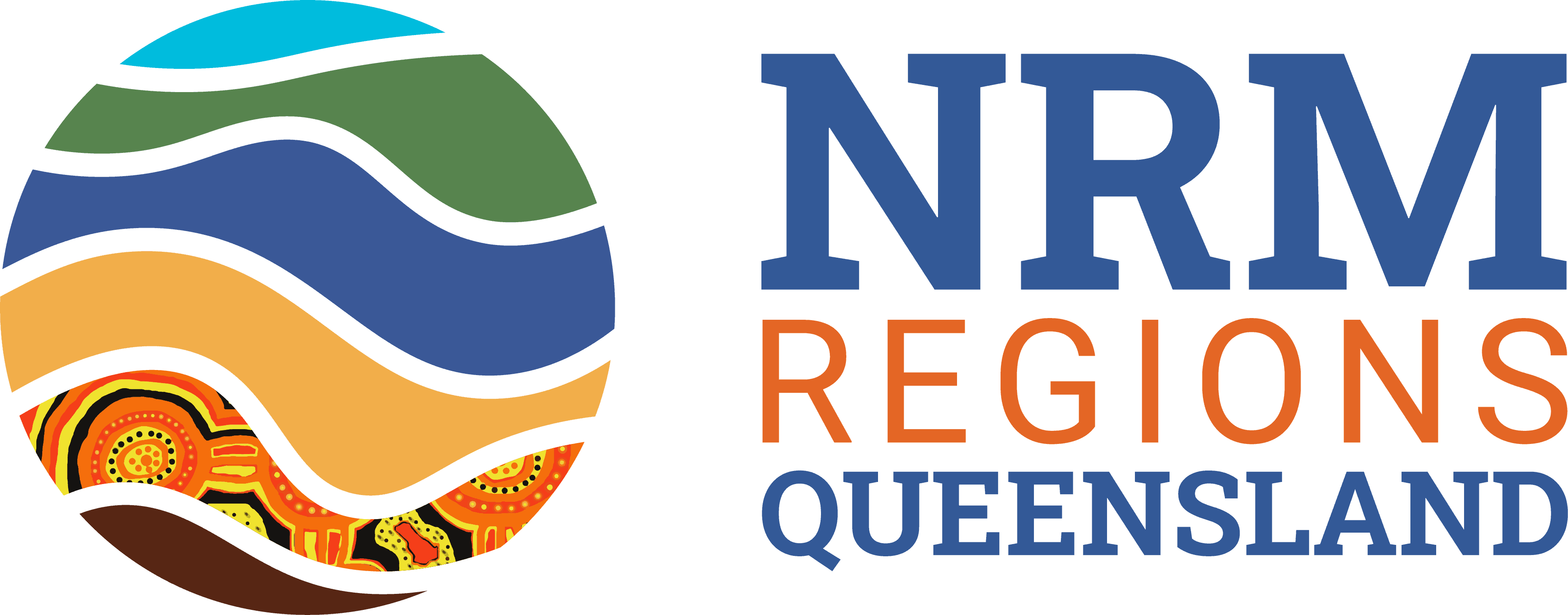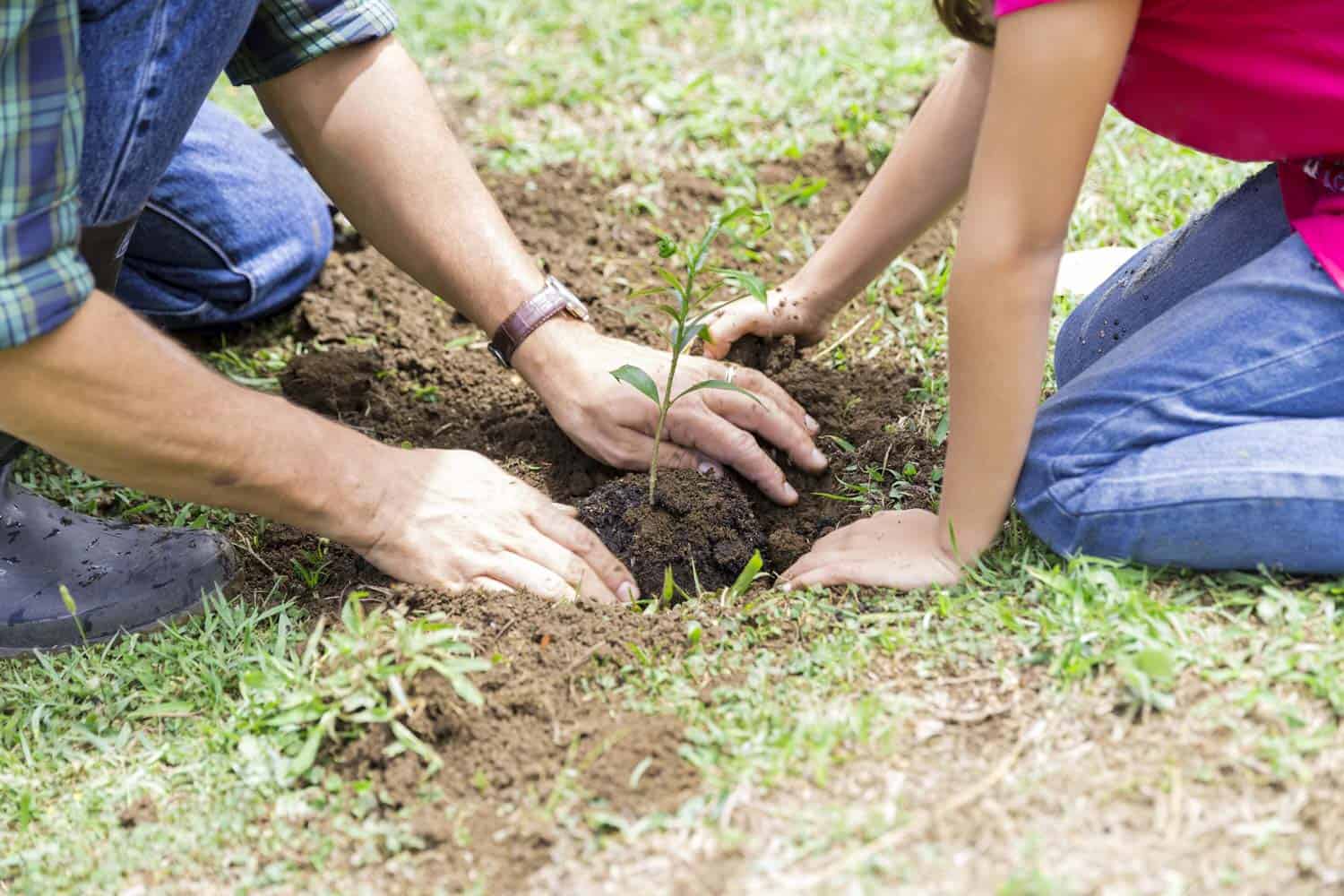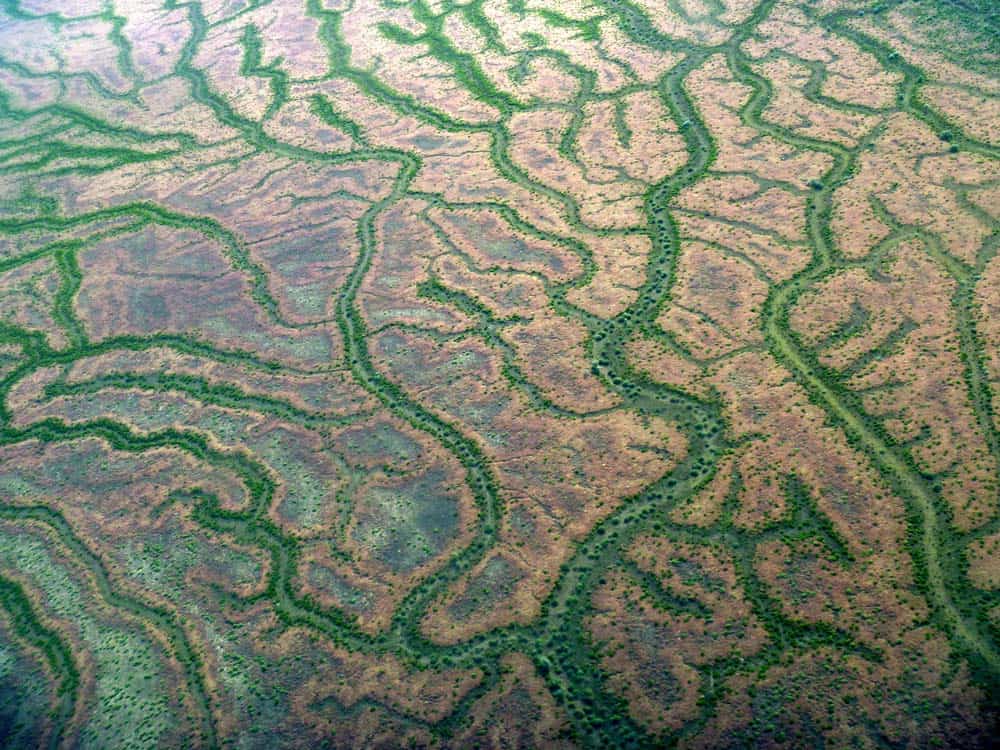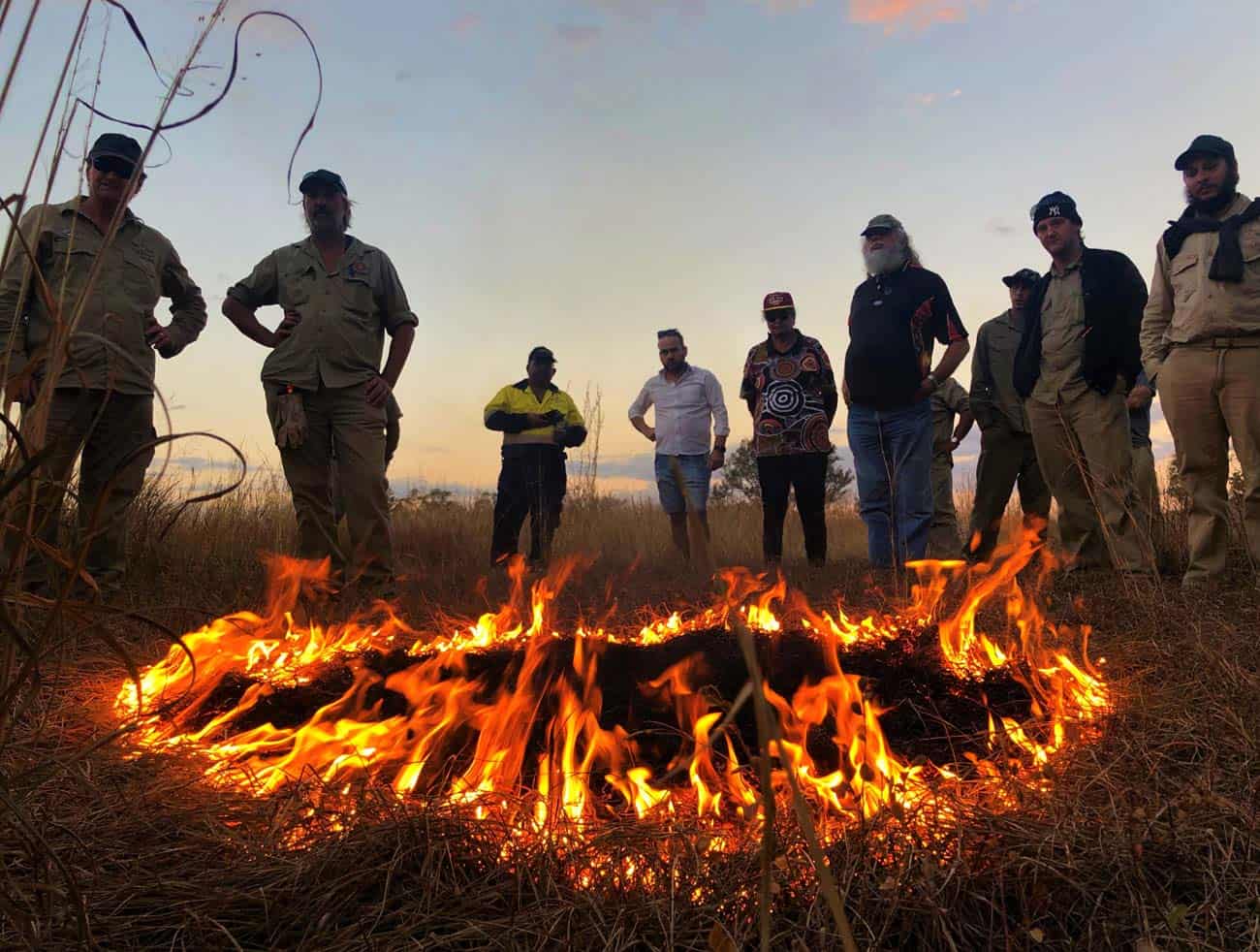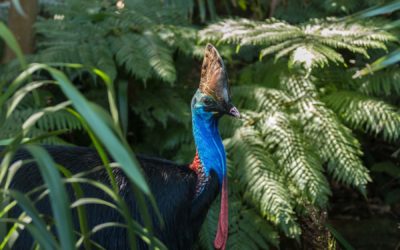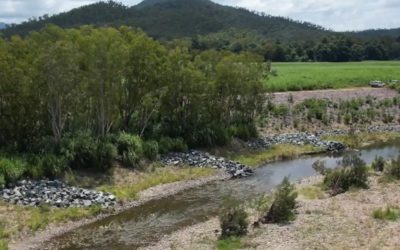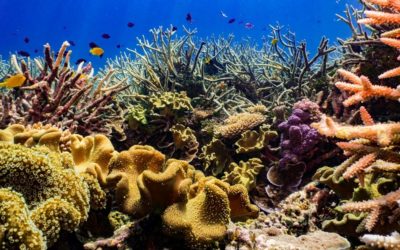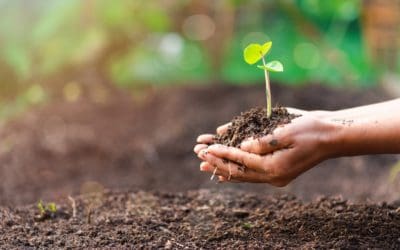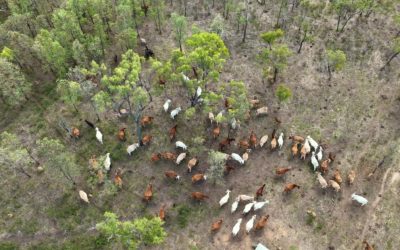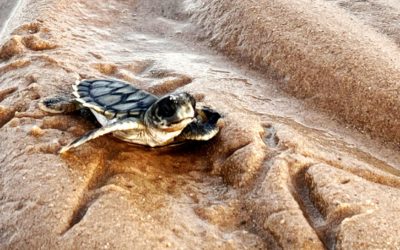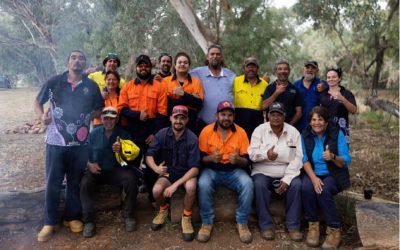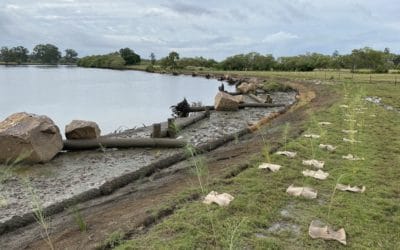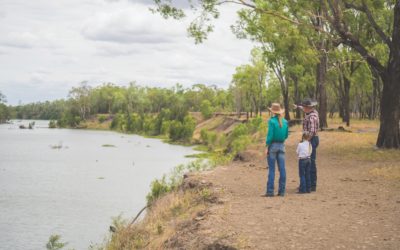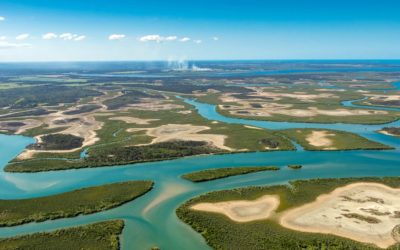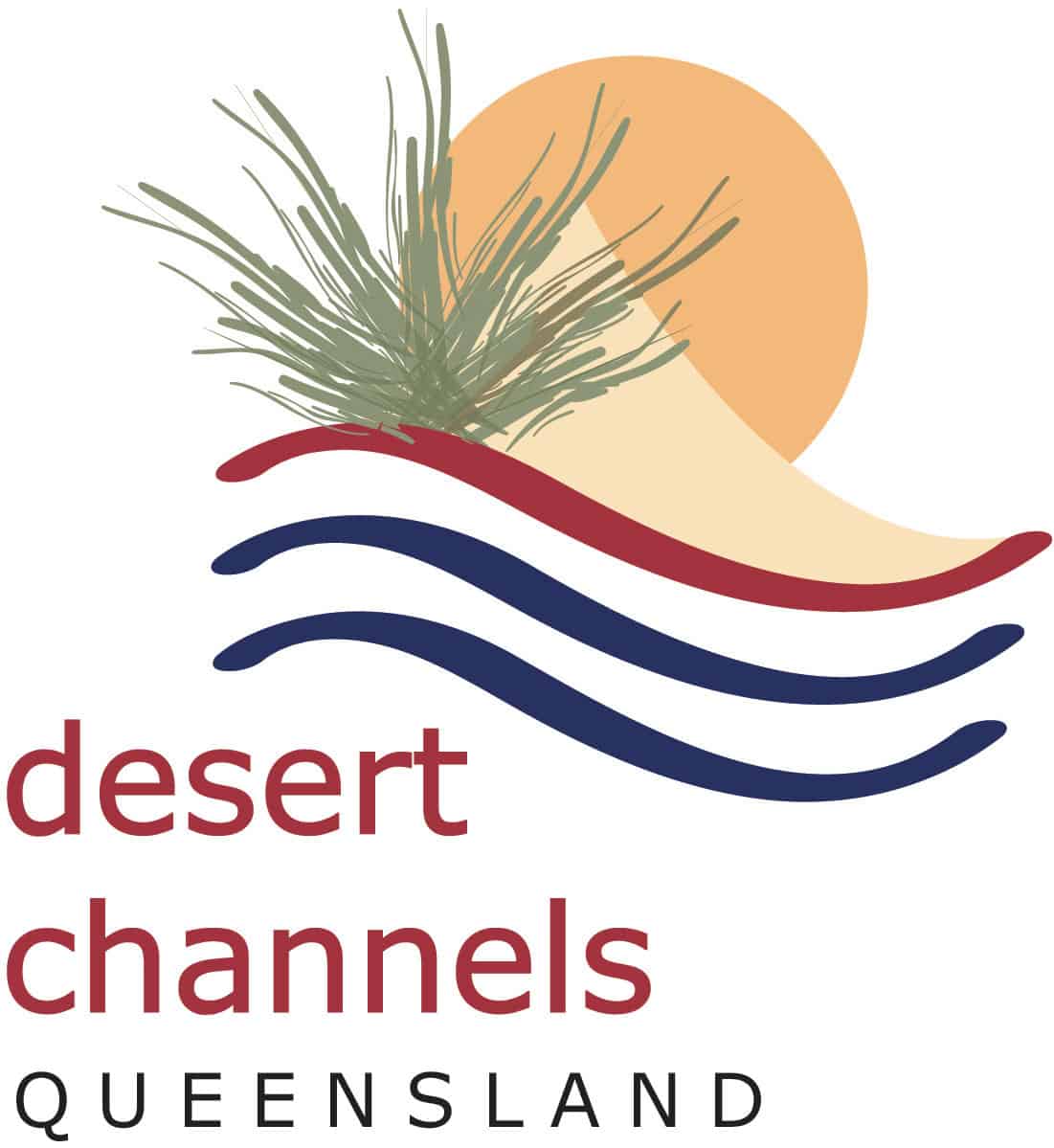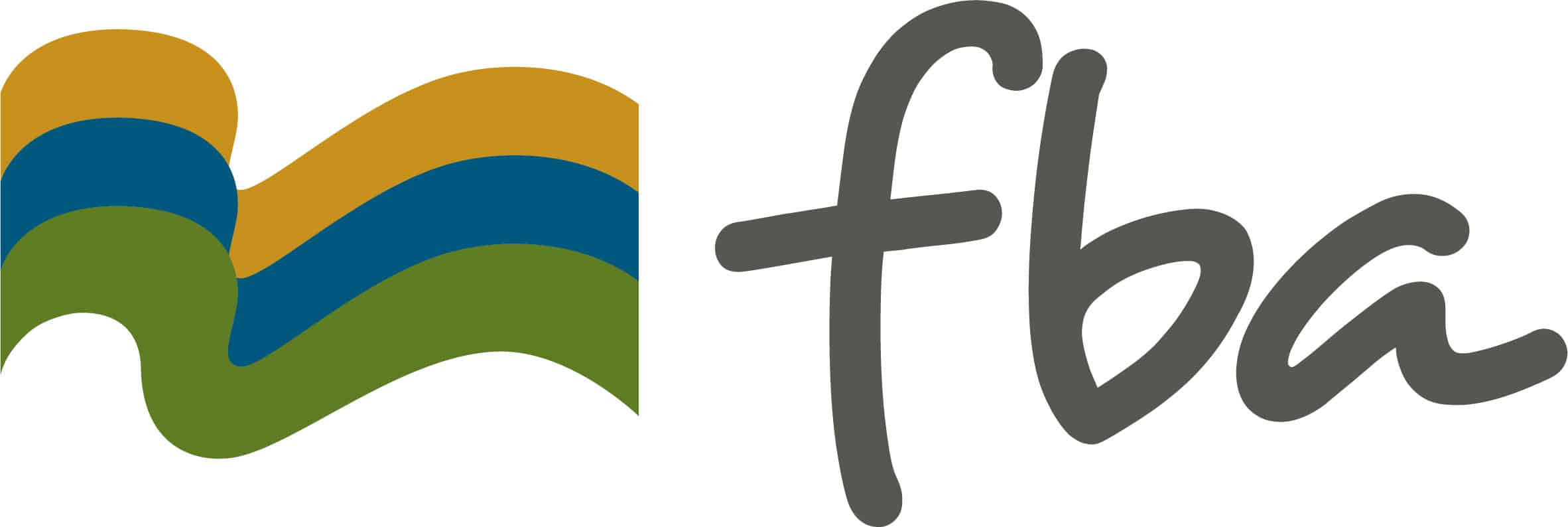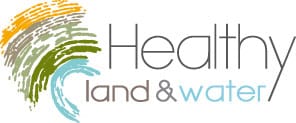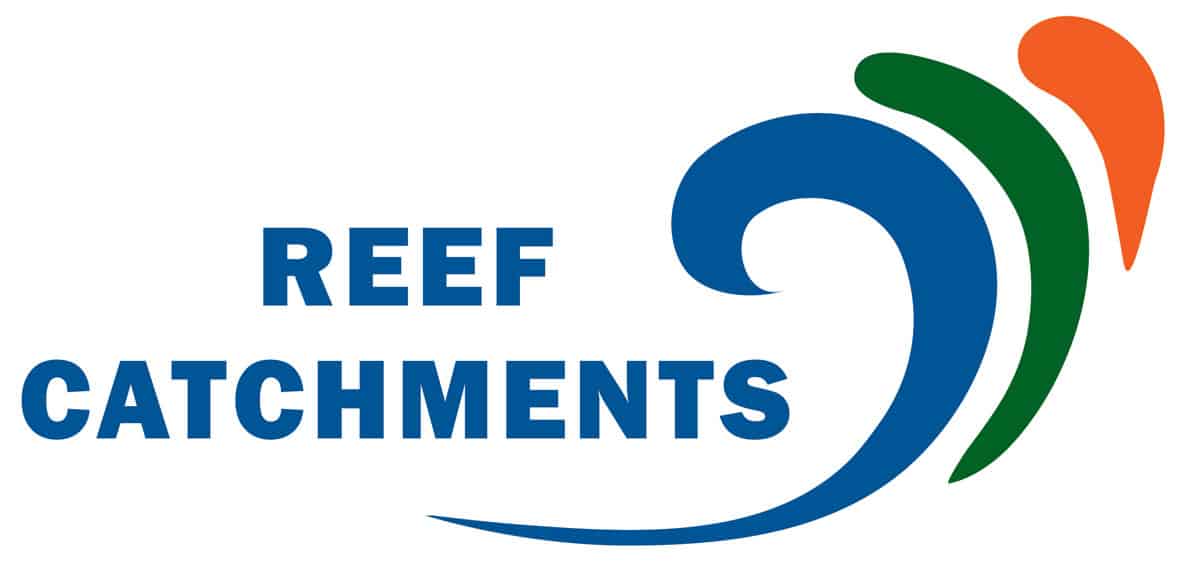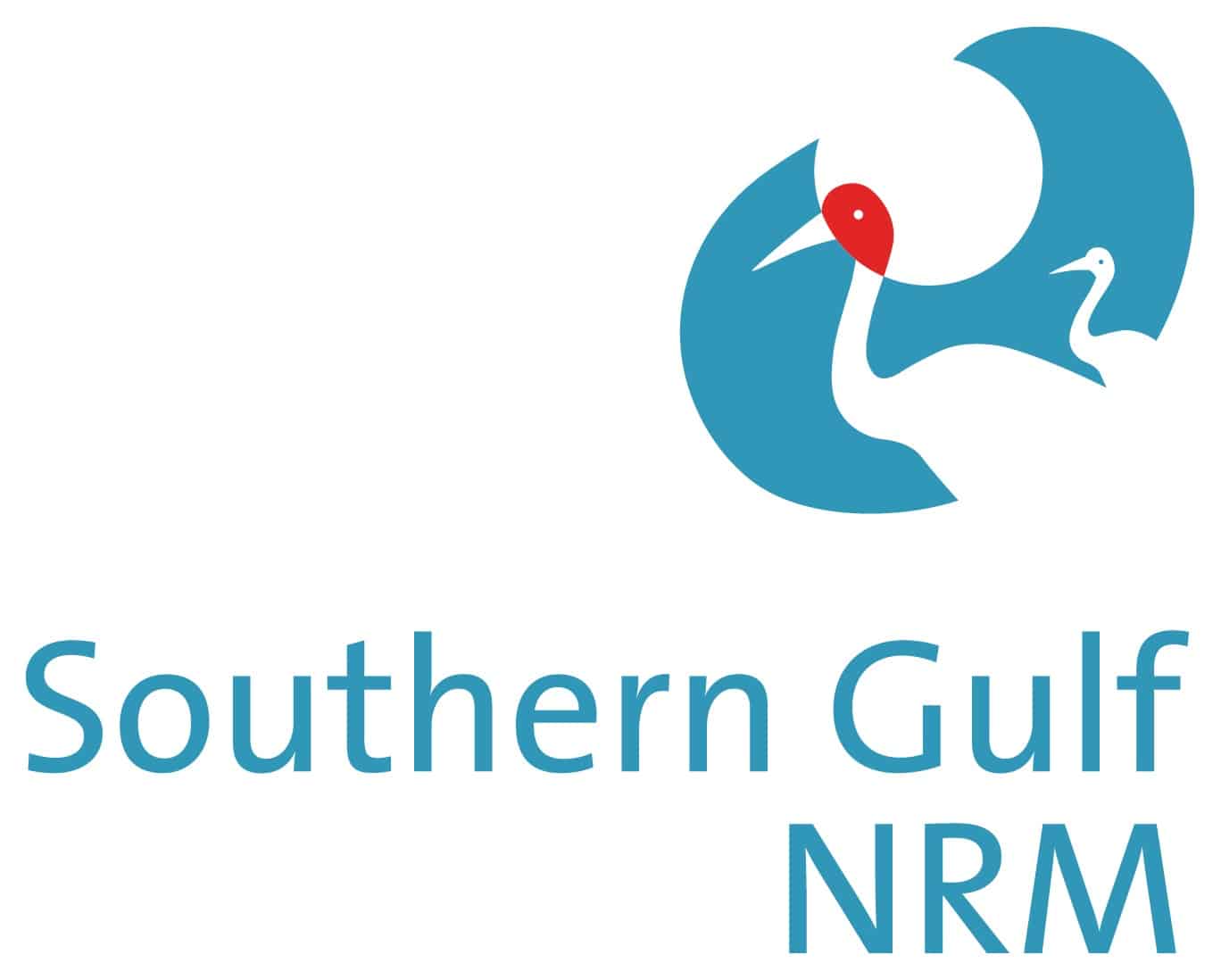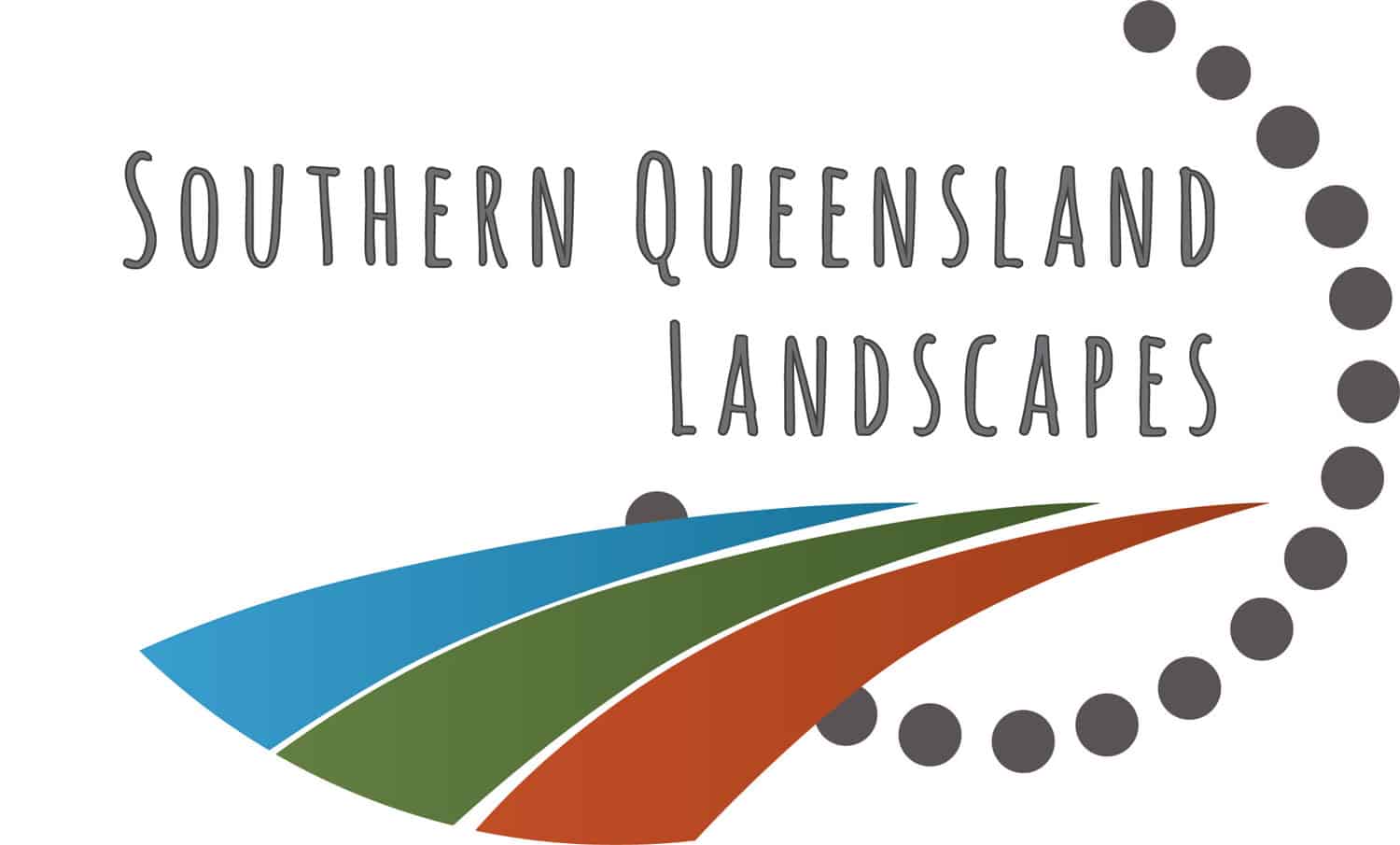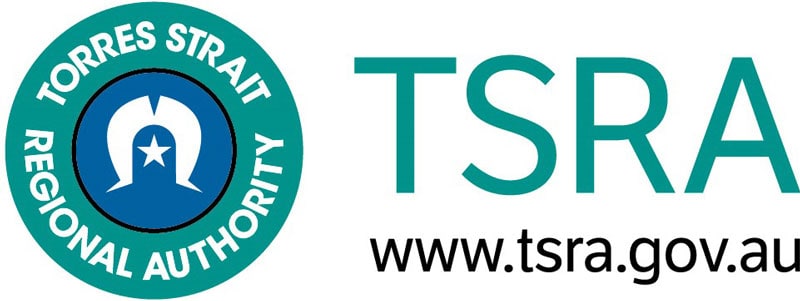Nature Positive NRM
Our natural places and our precious biodiversity are at risk. Without recognising the value of nature and helping it recover, the future is bleak.
Climate change, biodiversity decline and economic challenges are inextricably linked. The protection and restoration of nature is needed to sustain life and our economy.
That’s one of the reasons why the world is coming together to support a global goal for nature. That goal is for the world to become nature positive.
What does nature positive mean?
Nature positive is a term used to describe situations where nature is being repaired and is regenerating instead of in decline. It reflects the need to foster regeneration rather than the depletion of nature.
Globally, governments, corporations and NGOs are joining forces to commit to the Nature Positive Initiative which ensures “more nature in the world in 2030 than in 2020 and continued recovery after that.”
Nature Positive Plan
To support Australia’s nature positive goals, in 2022, the Australian Government released its Nature Positive Plan. The plan acknowledges that Australia’s natural environment is deteriorating and is not resilient enough to withstand current and emerging threats.
“Native extinction, habitat loss and cultural heritage destruction are all accelerating,” according to The Hon Tayna Plibersek MP, Minister for the Environment and Water.
The Australian Government has committed to protect 30% of Australia’s land and seas by 2030, create a nature repair market, establish an independent EPA and work in partnership with First Nations people to develop standalone cultural heritage legislation.
The role of NRM in the Nature Repair Market
Queensland’s regional NRM organisations have been doing this work for decades.
Nearly everything we do, as a sector is about working towards a nature positive outcome. We are Queensland’s largest, hands-on professional conservation network with more than 340 staff on the ground where it matters most – in the regions, working face-to-face with people who manage the land. In fact, since we started operating, more than 20 years ago, we’ve engaged more than 10,000 land managers year-on-year in creating more resilient landscapes.
It’s because of this work that we are trusted from paddock to parliament, driving positive landscape change over more than 20 million hectares of Queensland every year.
Much of that trust has been built through a process of developing regional NRM plans in collaboration with our communities. These plans prioritise on-ground works and cover every inch of the state. And our strategic approach to land and water management means we focus on whole-of-landscape solutions.
We’re working hands-on with communities, First Nations people, farmers and all levels of government in Queensland’s most iconic landscapes.
Our impact on the ground
Cassowary Credits – generating income for landholders restoring rainforest
A new scheme will allow investors to earn credits and landholders to create an income from the restoration and protection of Wet Tropics rainforest.
Reducing streambank erosion – Mackay Whitsunday
A six-year Reef program, which ran until 2023, successfully combated stream bank erosion in the Mackay Whitsunday region. This program, in partnership with 31 agricultural properties, coordinated by regional NRM organisation Reef Catchments, managed to significantly...
Lower Burdekin cane growers improve Great Barrier Reef water quality
Cane growers in the Lower Burdekin are having a positive impact on water quality flowing to the Great Barrier Reef.
ENVESTOR launched for Southeast Queensland
A new SEQ initiative will drive investment in landscape-scale restoration activities, delivering outcomes for the region’s environment as well as for Australian and international investors.
Improved riparian vegetation across 99,402ha of Gulf Rivers
The Gulf Rivers Riparian Improvement Project resulted in the improved condition of native vegetation over 99,402ha of land as well as the installation of 192km of riparian fencing and weeds control over 1500ha.
Protecting vulnerable and endangered turtles on Cape York
Over the past 10 years, the Western Cape Turtle Threat Abatement Alliance has reduced turtle nest predation from over 90 per cent to as low as 10 per cent for Olive ridley, Flatback, Hawksbill and Green turtle nesting sites.
Successful bare ground recovery of 66,000ha in south-western Queensland
More than 66,000 ha of prime agricultural land is in improved land condition thanks to the efforts of Southern Queensland Landscapes and 36 land managers engaged in a bare ground recovery program.
Reducing erosion in the Caboolture River
A collaboration between UnityWater and regional NRM organisation Healthy Land & Water will see parts of the Caboolture River restored through stabilising the riverbank and re-establishing vegetation. 9 sites, in both tidal estuaries and upper catchment have been...
Protecting the Great Barrier Reef by reducing soil loss
A series of projects in the Fitzroy Basin improved landscape function, remediated degraded land – including gullies and streambanks – and improved land management of grazing and cropping lands.
Burnett Mary Region Environmental Account
To facilitate an investment in natural assets, we first must place a value on them, but we can’t value assets until we know what they are, where they are and, how much there is.
